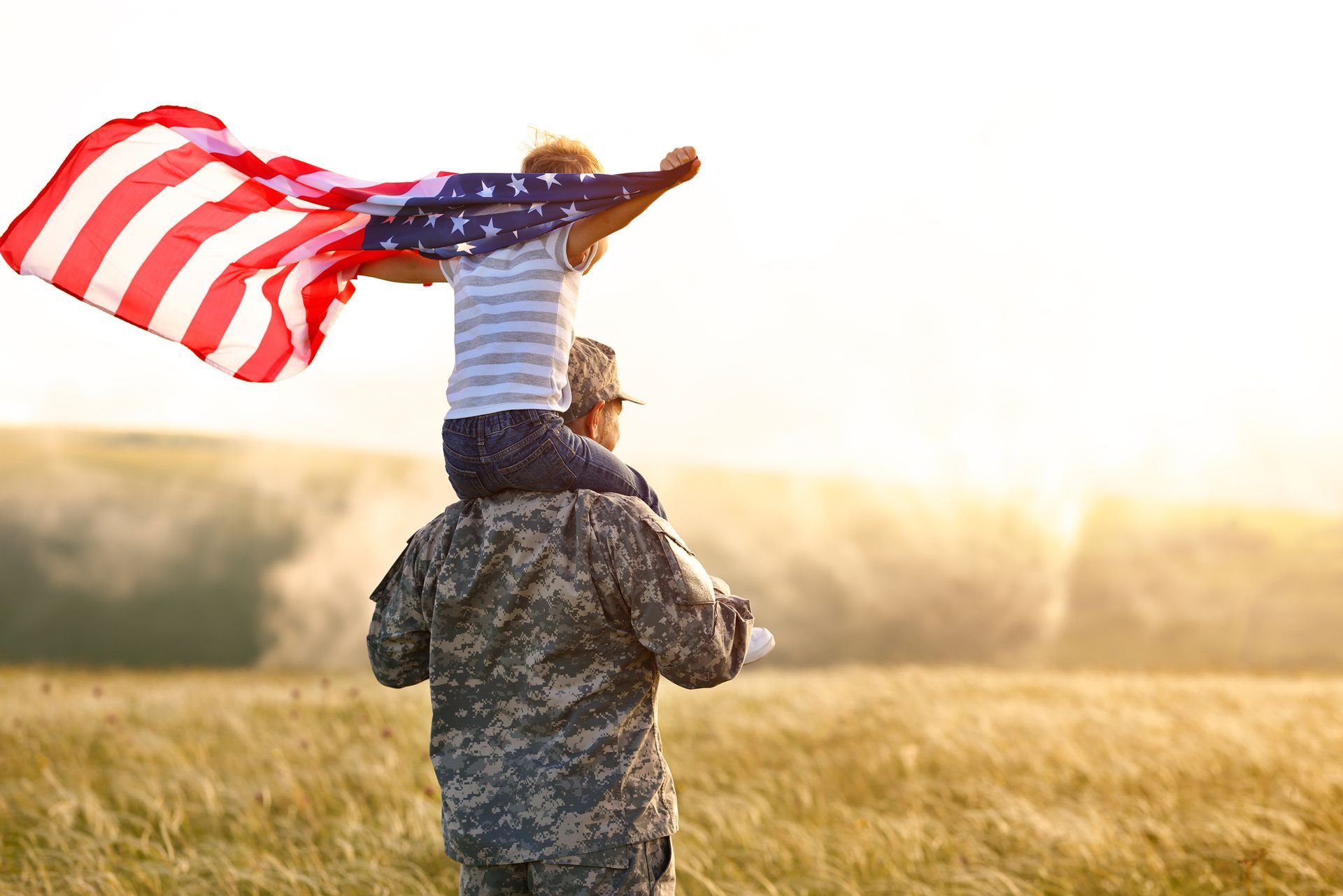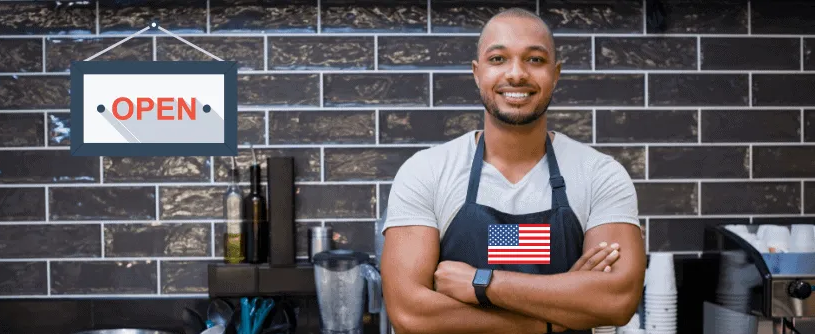Bangladeshi Americans: A Rising Community Driven by Education, Enterprise, and Ambition
As someone who works closely with first-generation entrepreneurs, immigrant families, and emerging communities, I’ve seen how Bangladeshi Americans are quietly shaping neighborhoods, businesses, and institutions across the U.S. With deep cultural pride and a strong drive for education and economic stability, this group is rapidly becoming a vital part of America’s immigrant success story.
In 2023, an estimated 213,000 people in the United States identified as Bangladeshi, according to U.S. Census Bureau estimates analyzed by the Pew Research Center. This makes Bangladeshis the 16th-largest Asian origin group, accounting for approximately 1% of the Asian American population.
Let’s take a closer look at the demographic, educational, and economic profile of Bangladeshi Americans — and how their growth compares with national benchmarks.
Population & Immigration Trends
- 213,000 Bangladeshi Americans as of 2023
- 77% are foreign-born (immigrants), compared to:
- Asian Americans: 66%
- U.S. overall: 14%
- 46% of Bangladeshi immigrants have lived in the U.S. for over 10 years
- 44% are naturalized U.S. citizens
Takeaway: Like many South Asian communities, the Bangladeshi population is heavily first-generation, though naturalization and community roots are deepening.
Whee Bangladeshi Americans Live
Top states:
- New York: ~90,000 (home to nearly 40% of all Bangladeshis in the U.S.)
- Michigan,
New Jersey,
Texas, and
California also host sizable populations
Top metropolitan areas:
- New York City (especially Jackson Heights, Bronx, and Brooklyn)
- Detroit Metro Area
- Paterson–Passaic, NJ
- Dallas-Fort Worth
Takeaway: Bangladeshi Americans have built strong urban communities, with enclaves often anchored by family businesses, mosques, and cultural centers.
Age & Household Dynamics
- Median Age: ~29.6 years
- vs.
Asian Americans: 34.7
- vs.
U.S. overall: 38.9
- Roughly
32% of Bangladeshi Americans are under age 18
- Multi-generational households are common
Takeaway: A youthful population and strong family ties signal long-term community sustainability — and future demand for education, jobs, and housing.
Language & English Proficiency
- Bangla (Bengali) is spoken in over
90% of Bangladeshi American homes
- English Proficiency (age 5+):
- Bangladeshis: ~54%
- Asian Americans: 74%
- U.S. overall: 91%
Takeaway: English proficiency remains a challenge, particularly for older immigrants — highlighting the need for adult ESL and workforce integration programs.
Education
- 41% of Bangladeshi Americans (25+) hold a
bachelor’s degree or higher
- vs.
Asian Americans: 56%
- vs.
U.S. overall: 38%
- Among U.S.-born Bangladeshis, education levels are significantly higher than among the foreign-born
Takeaway: Educational attainment is solid but trails other Asian subgroups — especially among older immigrants. However, the second generation is rapidly closing that gap.
Income & Employment
Median Household Income (2023):
- Bangladeshi:
$70,000
- vs. Asian Americans: $105,600
- vs. U.S. overall: $79,200
Median Personal Earnings (16+):
- Bangladeshi:
$34,000
- vs. Asian Americans: $52,400
- vs. U.S. overall: $44,200
Poverty Rate:
- Bangladeshi:
23%
- vs. Asian Americans: 10%
- vs. U.S. overall: 11%
Takeaway: Despite strong work ethic and entrepreneurial drive, many Bangladeshi Americans remain in low-wage jobs. There's an urgent need for small business support, access to capital, and workforce training.
Business Ownership & Community Enterprise
- Many Bangladeshis operate:
- Convenience stores,
gas stations, and
restaurants
- Rideshare and delivery businesses
- Real estate, construction, and retail shops
- Franchise ownership is emerging — particularly in
QSR (Quick Service Restaurant) and
convenience-based models
Takeaway: The community is highly entrepreneurial, but often self-financed. Franchise education, lending partnerships, and mentorship could unlock scalable success.
Homeownership
- Homeownership Rate: ~44%
- vs. Asian Americans: 62%
- vs. U.S. overall: 66%
Takeaway: Many Bangladeshi families rent in high-cost cities. As incomes rise, homeownership programs and first-time buyer initiatives can accelerate stability.
Family & Cultural Values
- Marriage Rate: 63%
- vs. Asian Americans: 58%
- vs. U.S. overall: 48%
- Fertility Rate (women 15–44): 7%
- vs. Asian Americans: 5%
- vs. U.S. overall: 6%
Takeaway: Strong cultural values around marriage and family continue to anchor the community — a strength for intergenerational wealth transfer and education focus.
Bangladeshi Americans are a fast-growing, youthful, and determined community. With strong family values and entrepreneurial roots, they are well-positioned to thrive — especially with targeted support in language education, homeownership access, and small business development.
As someone committed to helping first-time business buyers and immigrant entrepreneurs build wealth through franchising and acquisition, I see tremendous potential in this community. Whether it’s owning a franchise, starting a business, or preparing the next generation for leadership — the future of Bangladeshi Americans is filled with opportunity.
About the Author
Jack Tiwari is a seasoned business consultant, community leader, and cultural advocate. With a deep understanding of the franchise industry, he helps entrepreneurs achieve success in franchise sales and acquisitions, business development, and social impact. Contact Jack at jack@thefranchiseconsultingcompany.com.











